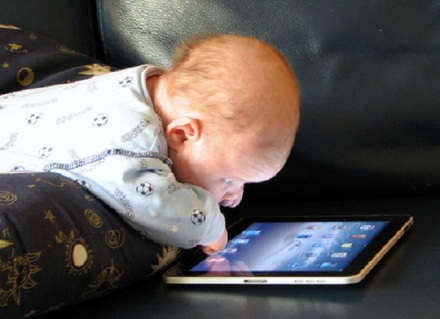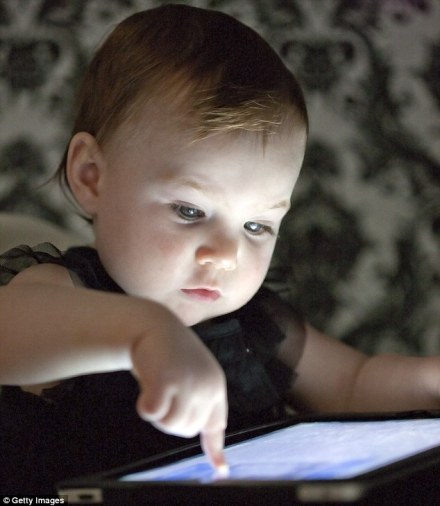Between hackers, government entities, and snoopy tech giants, there is no shortage of of threats to your online security and privacy. Luckily, there’s a quick and easy solution that can help mitigate some of these threats: a VPN. Find the best VPNs here.
A VPN, or virtual private network, essentially allows you to browse the internet anonymously while keeping your data safe. And you can use them on pretty much all of your smart devices — including your iPhone and iPad. See best VPNs for iPad and iPhone.
Top Reasons to Use a VPN on an iOS Device
- It’ll keep your data safe. If there’s one thing to remember about using a VPN, it’s this: it’s a simple way to significantly boost your cybersecurity. VPNs will apply end-to-end encryption to all of your internet traffic, meaning that sensitive data can’t be intercepted.
- It allows you to unlock geo-restricted content. VPNs are, arguably, most commonly used to bypass geographic restrictions on content like Netflix shows. Essentially, you’ll be able to access content that’s restricted to a different region.
- It increases your privacy. If you don’t want your carrier or internet service provider (ISP) in your business, get a VPN. Because your browsing data is encrypted, ISPs and carriers won’t be able to know what you’re up to on your device.
- It lets you use public Wi-Fi safely. Public Wi-Fi is handy — but it’s also incredibly unsecure. Normally, we recommend staying away from anything sensitive when you’re using public Wi-Fi. But a VPN encrypts your data, so you can have peace of mind on that unsecured network.
- It’ll help you become anonymous. A VPN will boost your internet privacy — but it’ll also make you more anonymous overall. Advertisers and government agencies alike will be much less likely to connect your browsing history to your identity.
- You can access secure content remotely. If you ever need to access a sensitive corporate server while on-the-road, a VPN will help you established a secure connection. That way, you aren’t risking your businesses’ sensitive data.
- Get around internet censorship. Similar to geographic restrictions, certain regions around the world will block popular websites like Facebook or YouTube. A VPN can help you get around those “great firewalls” if you’re traveling internationally.
- If you torrent, it’ll help. We don’t advocate for doing anything illegal, but if you use torrenting software, a VPN will come in handy. Even users who only download legal torrents will often find their torrenting apps getting throttled.
- They often come with bonus features. While they aren’t the main draw, most VPNs also come with additional features like built-in firewalls and more.
- There’s no reason not to. If you choose a good-quality VPN with solid performance and a no-log policy, there’s really no downside to using a VPN. The most popular VPNs are also extremely easy to set up and use on your iOS device.
In Other Words, Get One
All of this is to say that using a VPN on your iPhone and iPad is kind of a no-brainer; especially if you value your online privacy and cybersecurity. Just make sure to do your research, avoid free VPNs, and make sure to get a good-quality VPN from a reputable company. Here are the top VPNs we recommend.





